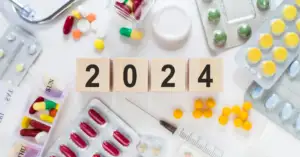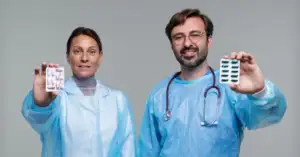In the past 50 years, South Africa has established a regulating body for medicines that is acknowledged internationally. According to the Medicines Control Council (MCC), it is “the national medicines regulatory authority of South Africa, which is responsible, in accordance with the medicines and related substances act, 1965 (Act 101 of 1965), for providing for the tracking, assessment, regulation, examination, evaluation, enrollment, and management of medications, scheduled substances, medical devices, and clinical trials, as well as related issues in the interest of the public.”
One of the most advanced regulatory bodies in the continent of Africa, South Africa aspires to be an authority with international status. When creating its laws, regulations, and SOPs, the authority took into consideration global best practices. Regulatory authorities in low- and middle-income nations regularly encounter a variety of difficulties and frequently lack the resources necessary to offer a reliable and effective service. However, now the structure of the South African authority is closer to those of other major regulators of the world.
The South African Health Products Regulatory Authority (SAHPRA) is the apex body responsible for drug regulations and its implementation. SAHPRA is an independent structure, located outside the Department of Health and the public service. It monitors, evaluates, investigates, inspects, and registers all types of health products for human and animal use. It also includes medical devices and diagnostic tests. The structure of the South African authority is now closer to those of other major regulators of the world. The decision-making power is vested in the Chief Executive Officer (CEO) supported by various technical advisory committees. These committees review the submissions and make recommendations to help take a regulatory decision.





